 There has only been one occasion when I have text someone after a date explaining why I didn't want to see them again. It is always a gateway for them to try to lawyer you into dating them." This person had talked about themselves throughout our date, boasted about their job (which was incredibly dull IMO) without ever asking me what I did for a living, and only asked me one question; "Watch my beer while I go to the loo, yeah?". So, when they messaged a few hours after the date saying they'd had a great time and wanted to go out again, I decided to give them a piece of my mind. "You literally didn't ask me a single question, showed no interest in getting to know me, and just talked about yourself the whole time mate," I replied. Perhaps a bit blunt, but I thought I was doing their future dates a solid, saving them from an hour of self-involved monologue. They argued with me, quickly turning rude and nasty. A few weeks later, I was not surprised when I was met with frosty stares after bumping into them in Spoons. My point is: some people do not take well to feedback and may get defensive and lash out. But that's not always the case. Here, women who have critiqued unsuccessful dates explain what happened to them... 1."I have a few times when asked. Unfortunately each one of those people thought it meant I was open to debating about it, or having them try to talk me into another date. I wouldn't do it again." [via] 2. "Yes, only once. We had gone out on a date (and I knew it was a date because he asked me to go on a date with him). He had seen a girl from his calculus class walk in, and he said, 'Oh, there’s that girl from my calc class. She’s so hot!' As I’m literally sitting right there. "So when I got home later I messaged him and I told him that’s a shitty thing to do to someone. He apologised as he realised what he had done. I don’t even think he thought about it. Like he forgot he was on a date with me or something? Either way it’s the only time I’ve ever given anyone feedback on a date." [via] 3. "[I have feedback] only once because he requested it. I was honest [and said] that I found some things on his public Facebook wall that I disagreed with. He actually took it quite well and thanked me for my honesty. He promptly removed the stuff from his wall afterwards." [via] 4. "Literally every guy who has asked for feedback has fought with me about my perception of them. The worst was when my friend asked me for feedback as his female friend on how he was coming off to other women since he was striking out with a few of my women acquaintances. He got all defensive about it and wouldn’t talk to me for a while. Why ask for feedback if you're not going to take it?" [via] 5. "Not me, but my sister. The dude wanted to know why she didn't want a second date and she told him that their lifestyles weren't congruent. He is a work nomad and enjoys moving every couple of years. My sister's got a chronic illness and doesn't want to switch doctors and hospitals all the time, so constant relocation isn't something she sees in her future - and entering a relationship that's bound to go long distance didn't seem like a good idea. She doesn't do hookups, but that he knew from the start. "He told her she should have taken what she can get" |
Written, Compiled & Edited byThe Bergen Review Media Team
�
Archives
April 2024
Categories
All
|
|
Bergen Review Media is a
WebClientReach, llc Company |
50 East Ridgewood Ave. #215
Ridgewood, NJ 07050 Phone: (201) 948-5500 |
The Bergen Review is Bergen county's concierge for the best businesses, restaurants & venues in New Jersey. Our agency has a combined total of over 15 years experience in online media and marketing. Our team of experts scour every nook and cranny of New Jerseys best businesses, restaurants & venues to present to our clients the full scoop of where best deals & experiences are. Even after researching & looking at reviews, finding the REAL scoop on what Businesses, restaurants or venues best fit your interest can be a challenge. Bergen Review Media has a team that researches & visits various establishments. Making sure the consumer gets the best experience.
|
Website by Bergen Review Media



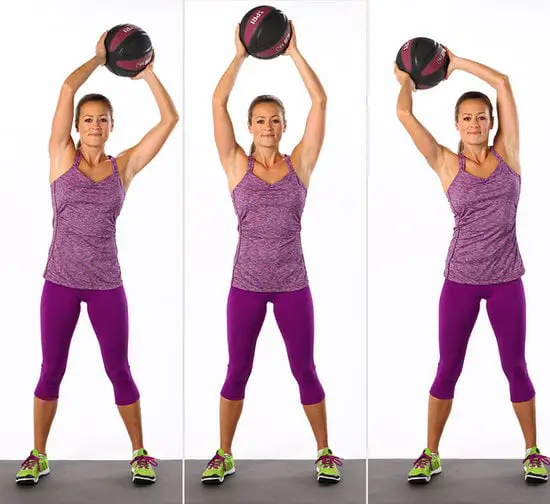
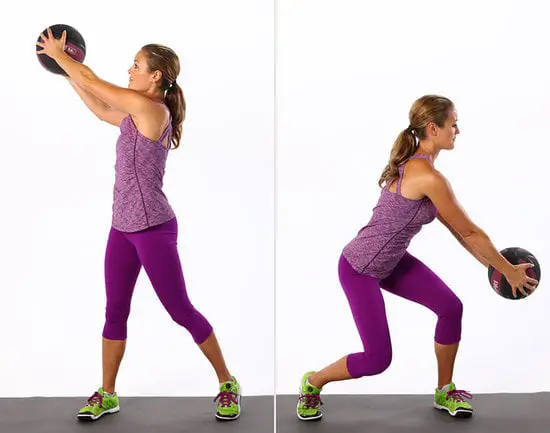


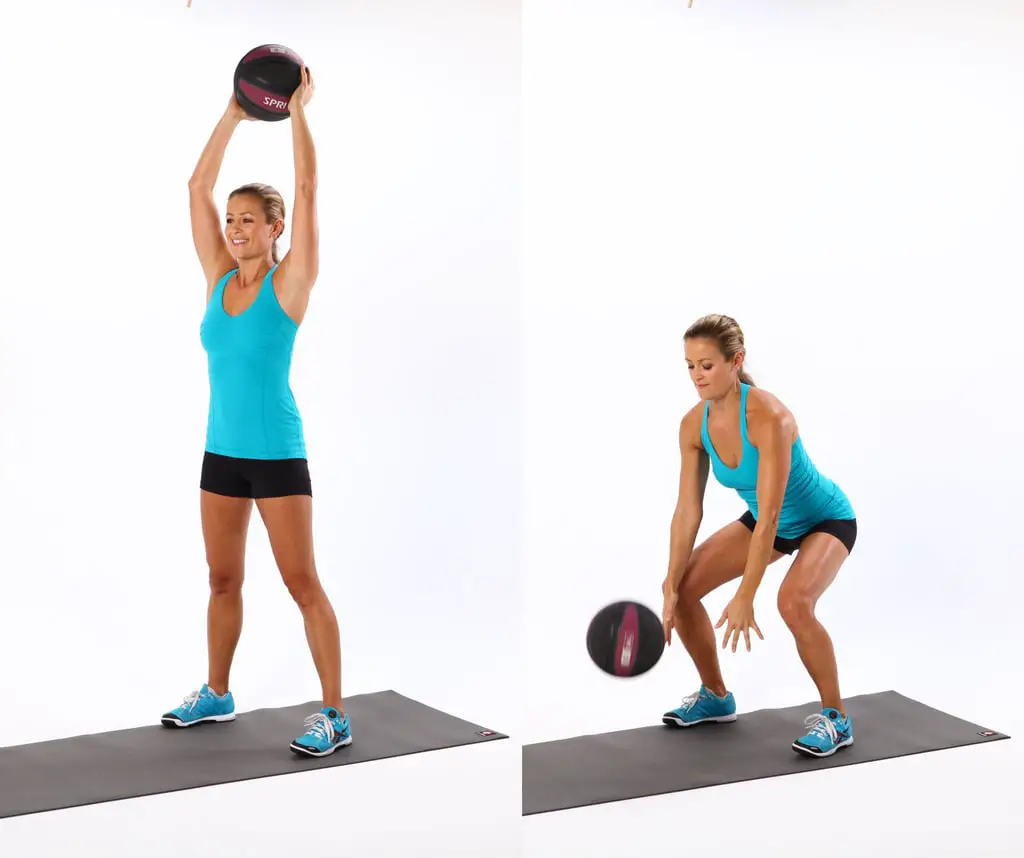
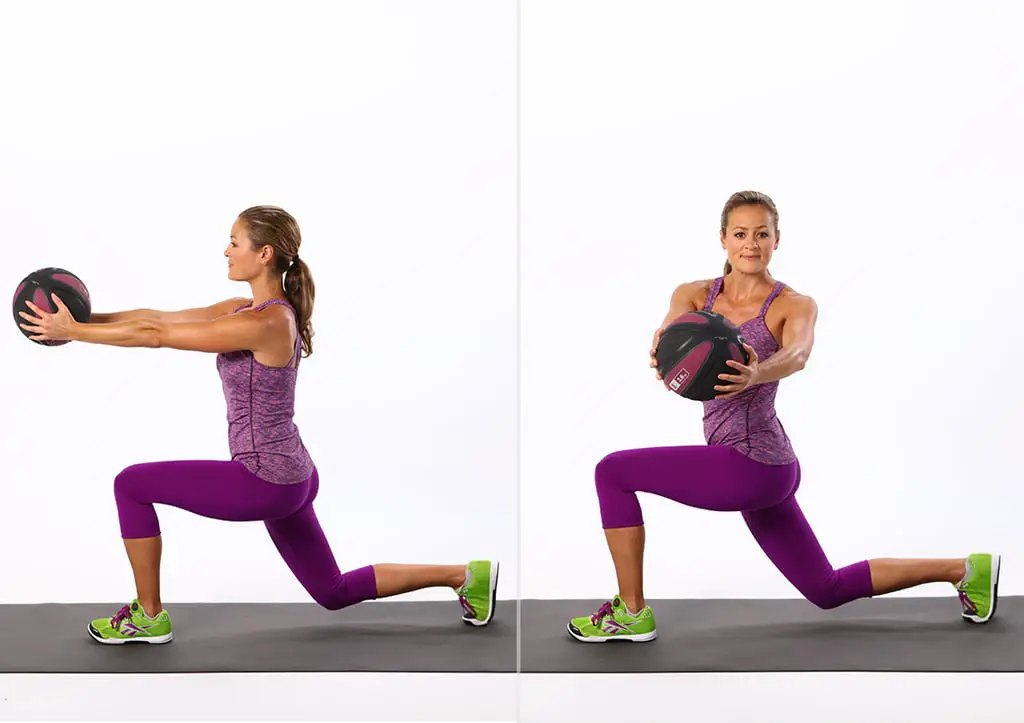




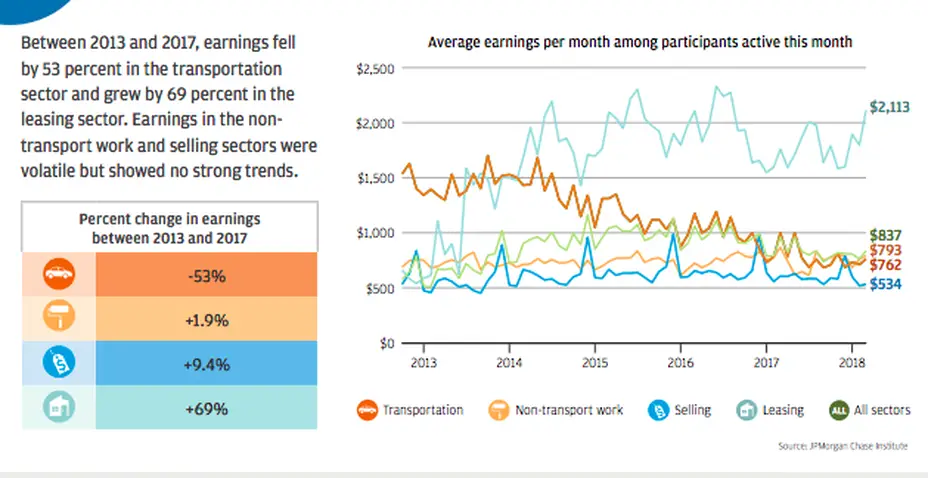


 RSS Feed
RSS Feed






